
If you’re experiencing pain that originates in the lower back before then shooting down through your hips, buttocks and leg, chances are you are being hindered by sciatica.
This pain may have gradually crept up on you over time or a particularly awkward movement may have brought it on suddenly. Either way, sciatica is an unpleasant affliction that can make day-to-day mobility problematic.
Sciatic pain is usually caused by either inflammation or compression of a long and thick nerve within the lower back, known as the sciatic nerve.
There are two sciatic nerves present within the body, both radiating from the lumbar spine and each continuing down into one of your legs. Sciatic pain is usually only experienced on one side of the body, depending on which individual sciatic nerve has been affected.
Sciatica is very common, affecting some 40% of Americans and contributing to countless medical appointments relating to back pain.
In addition to unpredictable and sharp pain, sciatica can also bring on sensations of heaviness, numbness and tingling within the affected leg as well as muscle weakness in the lower body, back spasms and issues with bladder or bowel control.
More Blogs From Cardin & Miller Physical Therapy:
Yet More Common Sports Injuries!
What Exactly Are Foot Orthotics? And How Can It Help Me?
The Best Exercises For Beating Knee Pain
The Many Causes of Sciatica
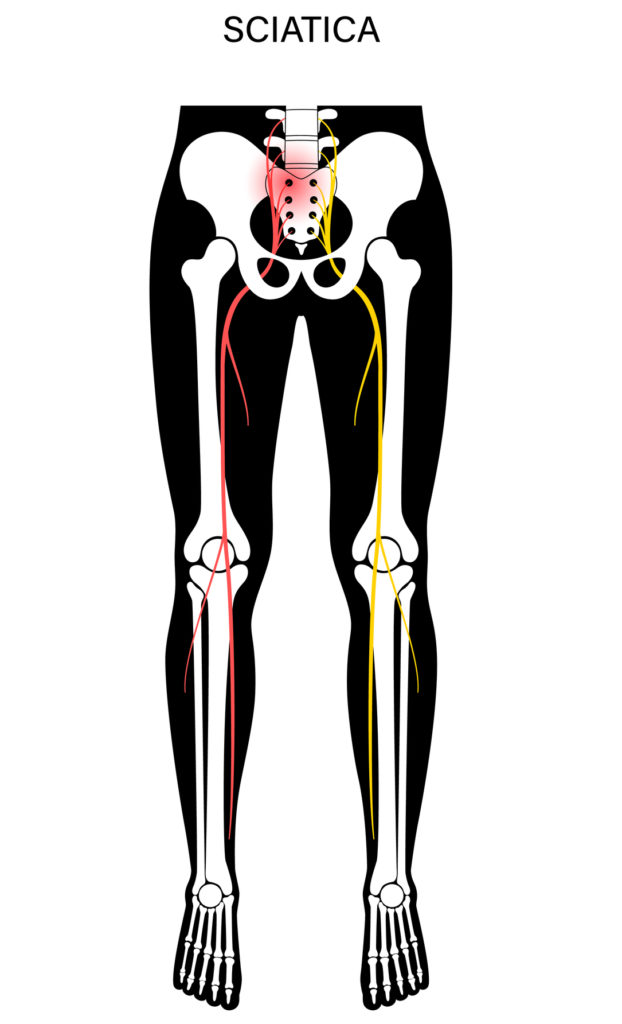
There are numerous causes of sciatica, the majority of which relate to our working habits and overall lifestyle.
To address sciatica, it is not only important to seek out appropriate medical treatment but also to ascertain what may have caused the issue in the first place.
A physical therapist is ideally placed to assist you with both so let’s take a more detailed look at the causes of sciatic pain and how a physical therapist can help.
1/ Extended Sitting Time / Poor Posture / Hyperlordosis

Our tendency to have primarily sedentary lives, including long periods of sitting during commuting, working at our desks and while relaxing at home – often while also having a poor posture – explains much of the high incidence of sciatica.
Quite simply, our bodies are designed for much more movement than we generally undertake day-to-day while poor posture is generally a recipe for trouble.
Long periods of sitting reduces the strength within the core muscles as well as significantly increasing the load that the lower back has to endure by up to a staggering 40%. When this happens, the disks within the lower back can irritate the sciatic nerve.
This is particularly true when you’re not sitting upright but instead sitting slightly hunched over a desk for extended periods. This tightens the lumbar spine muscles, in turn, increasing the spine’s inward curvature.
This can contribute to a condition known as hyperlordosis – the name given to an excessive curve within the lower back – which is associated with sciatica.
2/ Herniated or Slipped Disk
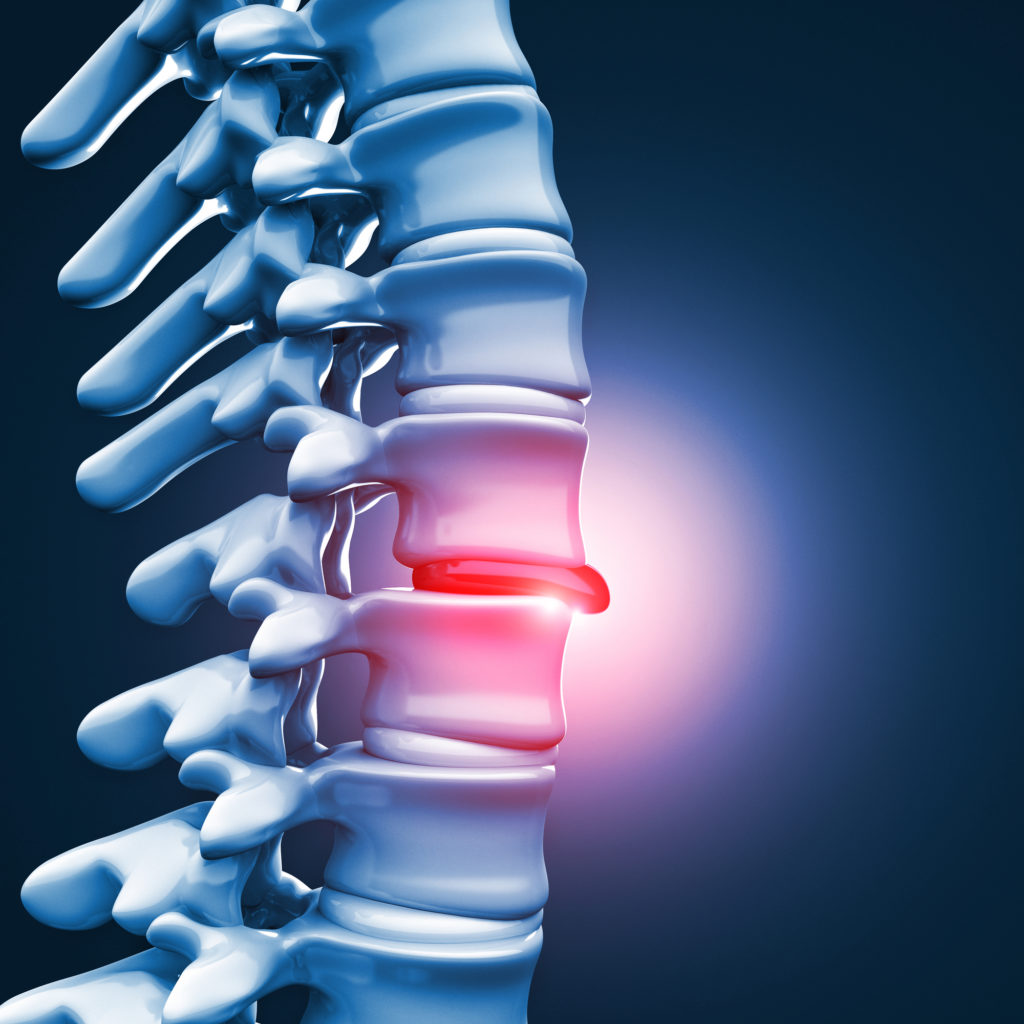
If your sciatica came on without warning, you may have gained a herniated disk within your back.
In addition to the typical symptoms of sciatica, you may also be experiencing neck pain as well as numbness or tingling that reaches up into your shoulders, arms and hands. A herniated disk is a common back problem, with up to 5% of Americans being diagnosed with this issue.
A herniated disk can occur thanks to a sudden and awkward movement, for example when lifting a heavy object or during twisting motions in sport.
However, herniated disks can also occur simply thanks to natural wear and tear within the body. As we age, the outer layer of the disks (known as the annulus fibrous) can begin to weaken. This allows the jelly-like inner layer (known as the nucleus puplosus) to push through, adding pressure to the sciatic nerve and causing pain.
3/ Excess Body Weight
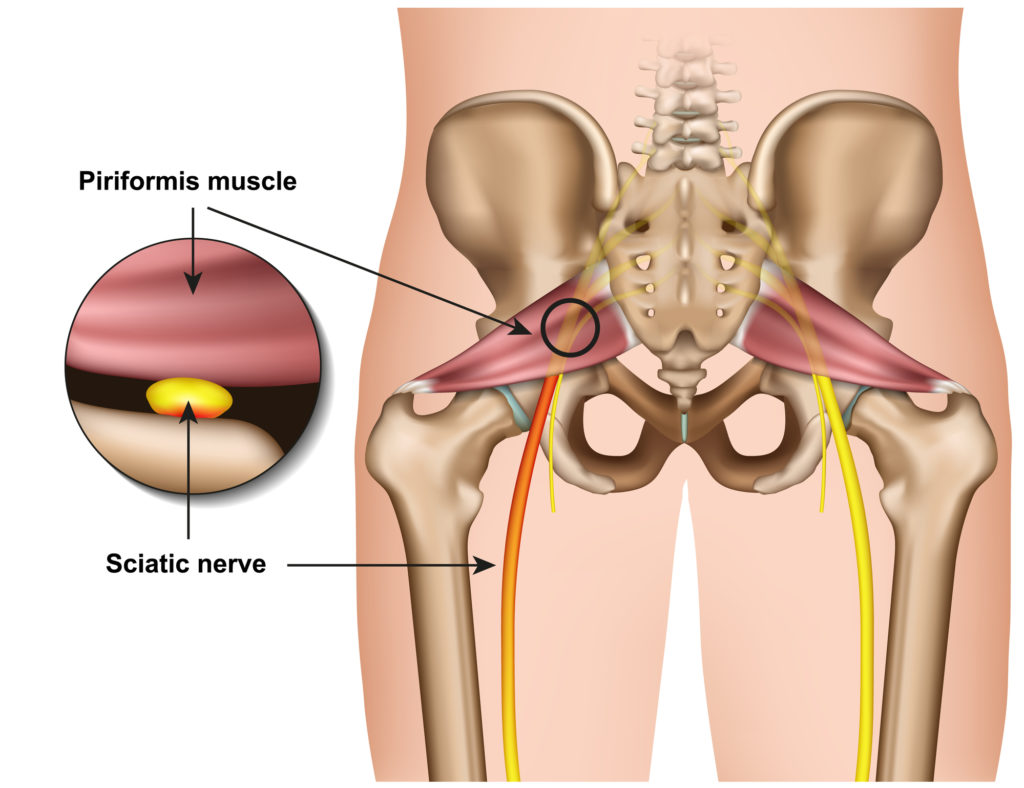
Worryingly, up to 34% of Americans are now categorized as obese and this is causing numerous health problems within the US population, including sciatica.
Of these complications, simply handling the load of an overweight individual is a notable and constant physical strain for the skeletal frame, joints, muscles and soft tissues throughout the body.
One of the key areas that will feel the strain is the lower back, particularly if having to counteract excessive and nearby abdominal fat. A recent study found that for every extra pound of body weight being carried, up to four pounds of pressure was being transferred to the lower back.
As weight increases, the risk of developing hyperlordosis (excessively curved lower back) or a herniated disk also rises, and with it so too do the chances of compressing and irritating the sciatic nerve.
4/ Pregnancy & Post-Partum
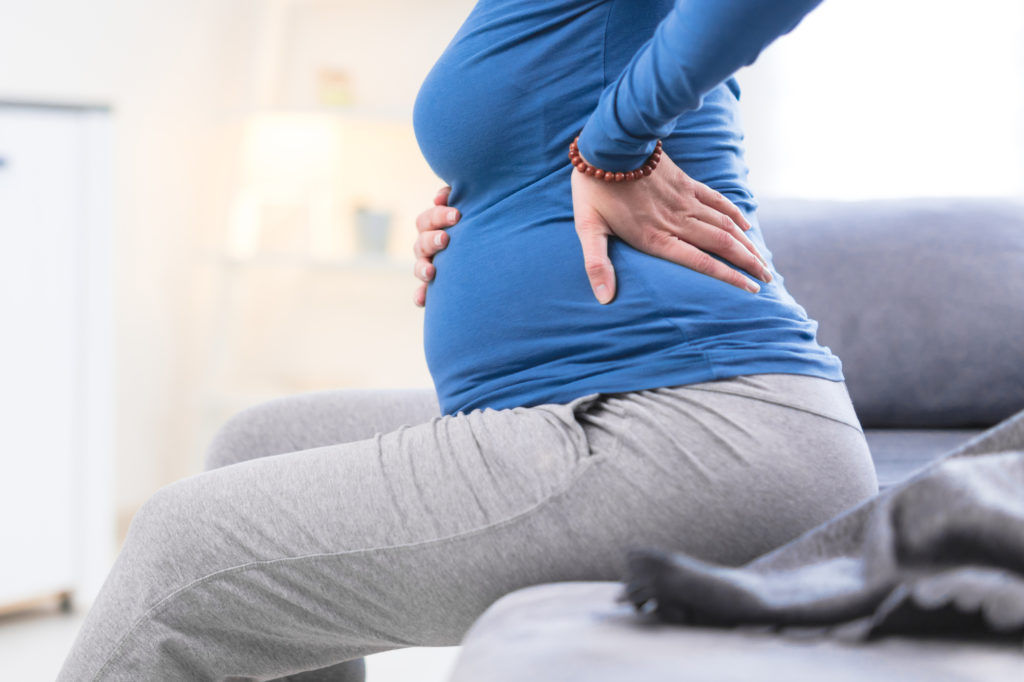
For similar reasons as to how carrying excess body weight can cause sciatica, the physical stresses of pregnancy on the lower back are also a major risk factor for the condition. This is because the additional weight of a growing baby leads to increased pressure on the lower back.
Most usually in the third trimester, as the baby continues to get bigger and the uterus continues to expand, the sciatic nerve can become compressed, triggering sciatic pain. Increased fluid retention during pregnancy also contributes.
Hormones during pregnancy can also bring on sciatica. Throughout pregnancy, the body prepares for childbirth with the hormone relaxin, which serves to loosen the ligaments as well as preparing the pelvis for the upcoming delivery.
Although enormously helpful for when childbirth comes, the effects of relaxin can unfortunately increase sciatica risk as pregnancy continues meantime.
Sciatica can also run into post-partum thanks to back and abdominal muscles that have become weakened during the strain of childbirth.
5/ Injuries While Lifting

If you’ve ever taken on a job that involves a good degree of moving, lifting and handling, you’ll likely have been trained on the recommended techniques for doing so safely.
From lifting heavy boxes to moving another person within a care or medical environment, many jobs require both strength and care when undertaking the physical aspects of the tasks at hand.
Although jobs such as these are great for maintaining fitness, building strength and avoiding the many problems that are associated with long days behind a desk, there is a high potential of developing sciatica if the job requires constant and repetitive movements or if a given maneuver happens to be made in a clumsy way.
It’s also common for sciatica to strike if you’ve suddenly switched from a sedentary role to a more active job.
Many jobs simply do not allow for the physical need that a beginner might have to build up their stamina nor time to become an expert in proper lifting technique and this is a prime opportunity to pick up unexpected pain, including sciatica.
6/ Athletic Pursuits

Although it is well-known that exercise is an excellent way to maintain core muscle strength and therefore avoid the problems of a less active lifestyle, sport also brings the potential for unexpected injury.
From sudden twisting movements to repetitive strain, sporting activities can bring increased risk of developing sciatica. In fact, statistically, sciatica is more common within the active community than those who prefer to take things a little easier.
Among athletes, sciatica tends to strike those who make frequent forward movements of the spine or who regularly raise their arms above shoulder level. You will often hear grumbles relating to sciatica among those who enjoy running, cycling, tennis, golf and basketball.
Sciatica can also affect older athletes as physical structures within the body begin to naturally degenerate with age in combination with the exaggerated demands that have been placed on them over the years while the athlete has been active.
Treatment Options for Sciatica
There are many treatment options available for sciatica. Surgery is often recommended where severe pain is present while a wide array of non-surgical techniques are available for less debilitating cases.
If the latter, you will likely be offered the opportunity to work with a physical therapist.
How Physical Therapy Can Remedy Sciatica and Hip Pain

Physical therapy offers numerous non-surgical interventions that can prove surprisingly effective.
A physical therapist can use their specialist knowledge to both assess and treat your sciatica on an individual level. Within your initial session, your chosen therapist will aim to determine the cause of your sciatic pain.
Following assessment of your symptoms, your physical therapist will then tailor treatment to what is best suited to you and your circumstances as well as monitoring your progress.
Here are some of the most common strategies in physical therapy for tackling sciatica and hip pain …
Hot & Cold Therapies
Your physical therapist will likely alternate between the use of heat and ice packs, both of which can calm inflammation as well as allowing the muscles to move more easily. This is a good initial solution for reducing pain before moving onto more complex treatments.
Exercise & Hydrotherapy
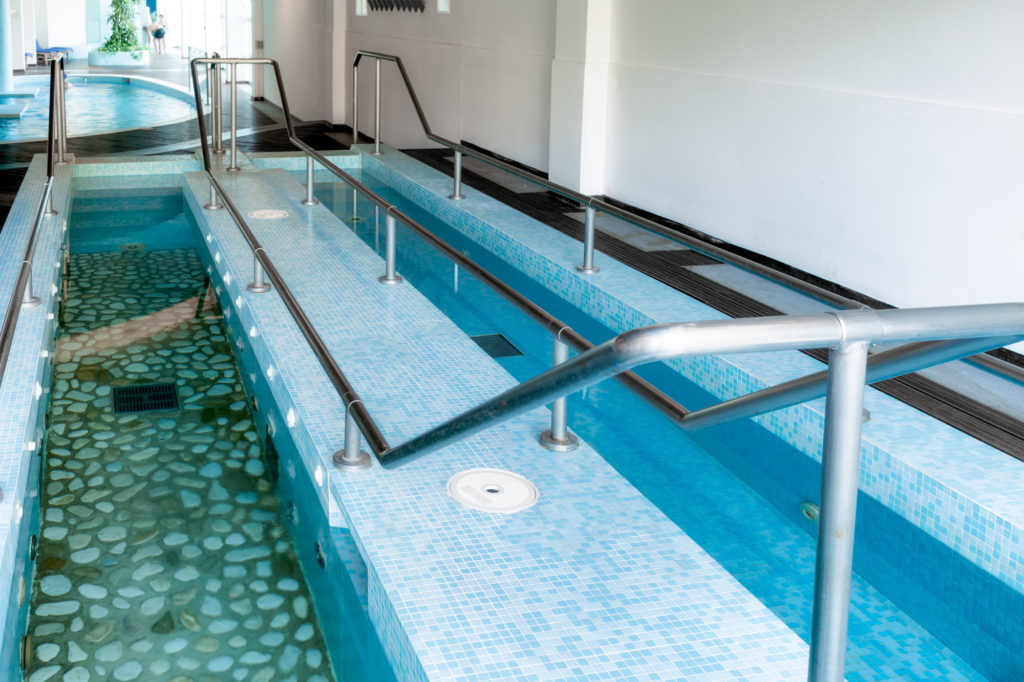
When dealing with sciatic pain, instinct will likely tell you that avoiding exercise is the best thing you can do. After all, surely exercise will simply lead to yet more pain?
Believe it or not, your physical therapist will actively encourage you to do the opposite as performing certain exercises will ensure the muscles around your core, legs and lumbar spine become progressively stronger.
In turn, the more supported these structures become, the more sciatica will dissipate.
If your sciatic pain proves to cause particular difficulty in performing exercise within a dry environment, you are likely to be given a course of hydrotherapy. This form of exercise makes use of the resistance of water to provide gentle support as you move while also helping to build and tone the muscles.
Deep Tissue Massage
Deep tissue massage applies a mixture of pressure and friction, helping to tease out the connective tissues within the muscles of the lower back, buttocks and around the hips that may be compressing the sciatic nerve and contributing towards pain.
Additional Treatments
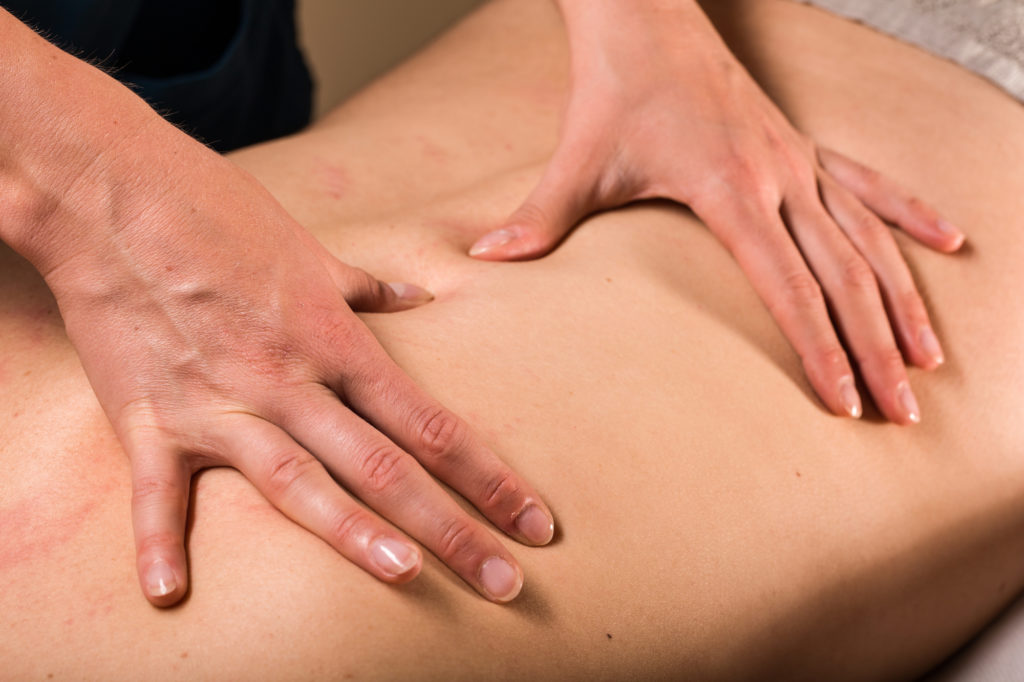
A physical therapist understands the painful inconvenience of sciatica and will therefore likely suggest some additional pain relief, including the use of a Transcutaneous Electrical Nerve Stimulation (TENs) device or an ultrasound machine. Both send impulses into the area where discomfort is being experienced.
A TENS device uses small electrical impulses, whilst an ultrasound machine sends sound waves to the area that hurts. Both work in similar ways, reducing the pain signals that are going to the brain whilst also stimulating the opioid system.
Improving Your Overall Wellbeing
In addition to the above-mentioned techniques, a physical therapist will likely make some recommendations on your weight as well as your general strength and flexibility too.
As well as helping you to combat the causes of sciatica, a little work in this area can significantly improve your overall wellbeing as well as ensuring the pain stays away.
Conclusions
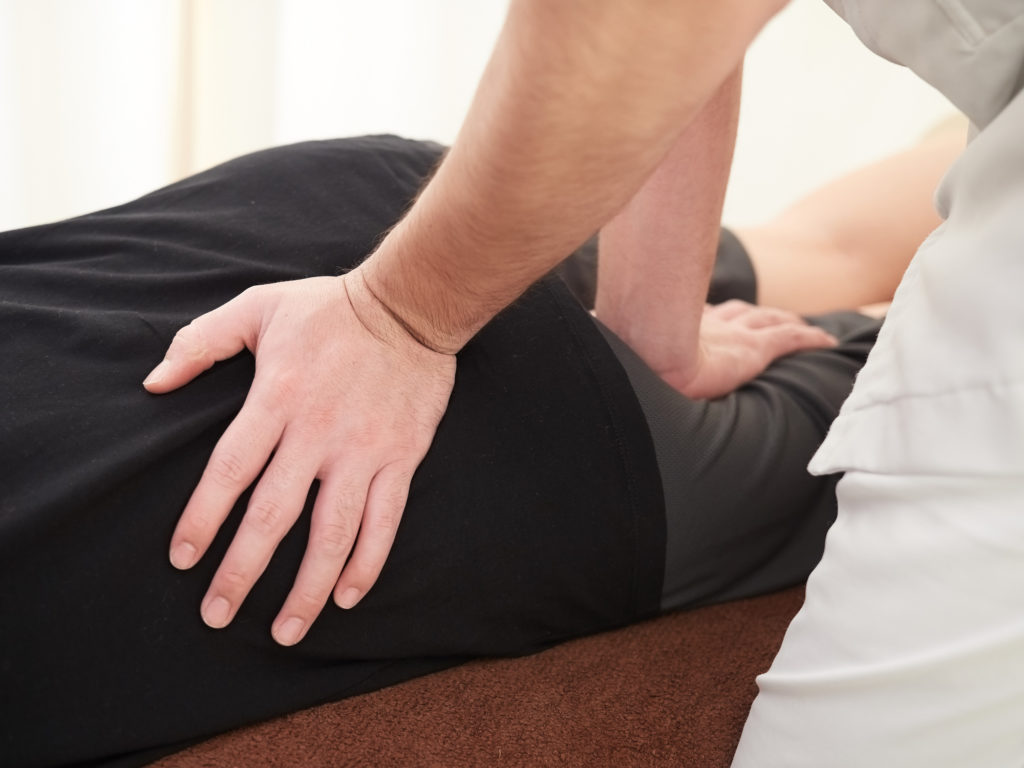
Working with a physical therapist to improve strength and flexibility within your lower back as well as receiving manual treatments for pain reduction is an effective plan of attack for tackling sciatica.
Your physical therapist will work with you in a safe yet effective manner, enabling you to beat sciatic pain far more quickly than you’d anticipated.
Book now to see how we can help you.


